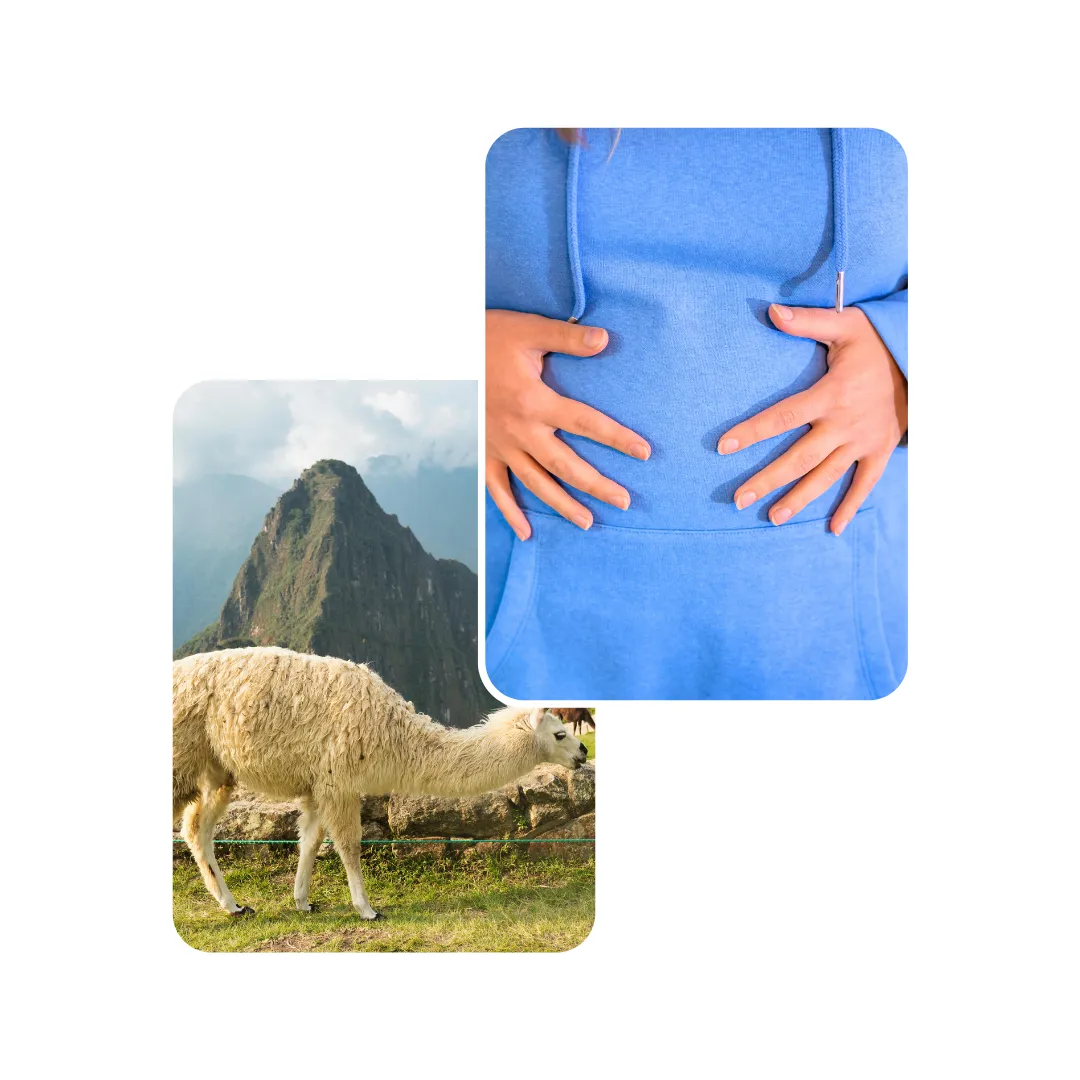

Immediately. Bloat can progress from mild discomfort to fatal collapse in under 6 hours. Delaying the call is fatal.
No. Attempting to manipulate a severely distended abdomen can stress the alpaca, causing it to aspirate (inhale stomach contents), which is often fatal.
The tube is the safest, most effective way to vent the large volume of free gas from C1, instantly relieving the pressure on the lungs and heart.
Yes. Because the gas is trapped in a foam, it cannot be burped or tubed out without an anti-foaming agent, making intervention more complex and time-critical.
Dietary consistency. Avoid sudden changes in feed, limit grain, and transition slowly when introducing lush pasture to allow the C1 microorganisms time to adapt.
Your pet deserves expert care – Subscribe now for trusted tips and updates from our pet experts.
